Classics gone.
I am not Jay Leno, I cannot keep all my classics. Classics are like friends, some come and some go, and some stay with you forever. Hopefully the classics is taken care of as good as I did when I owned them. Left is the experience of the drives, and memories of the trips. May they bring joy to other peoples life, as they did to me.
Now sold to new owners.
Maicoletta 250 - 1958

Maicoletta 250 - 1958
The Maicoletta was a motor scooter built by Maico from 1955 to 1966. It was noted by motorcycle journalists in the United States and the United Kingdom for being powerful, responsive, and comfortable. It was one of the heaviest and most expensive motor scooters with typical styling and engineering of its time, and comparable to other manufacturer's products.
The Maicoletta was one of the largest scooters of its era. The one I have has a 14HK 2 stroke engine making the bike capable of 115 km/h, 95km/h with side car. This speed is way to quick on the small wheels tho. But it has a nice ride and was a very desireable scooter of its day. The Maicoletta is scarce to find, but if you want a scooter for driving it is recommended. It has good german build quality even if it has a very very unusual starting device. The starter is a pendular starter where the engine rocks back and forth against top dead center. After a while you put the ignition on and the drawn in petrol from the pendular motions fires making the engine ticle over and start. It sounds like the engine just start with no apparent starter sound. It stands there wosh-whoo-whosh-whoo for a while, and all of a sudden fires up and start.
Maybe starting is easier to understand when you look at this video: Maicoletta pendular start
And here is the bike experienced: Maicoletta driving
Kaare Eikenes - 1955

Kaare Eikenes moped - 1955
Kåre Eikenes from Oslo, produced both bicycles and mopeds. The "early" mopeds was equipped with Cucciolo (Ducati) engines, later on the HMW engines were used (se the blue moped pictures). In the end of the fifties a HMW moped was mounted at the plant, identical with the original HMW moped. It was sold as HMW in Norway. Sykkelmotor Fantom (Eilenriede) was license produced by K. Eikenes.t
And here is the motor experiended: HMW Motor start.
Zundapp KS50 517-12
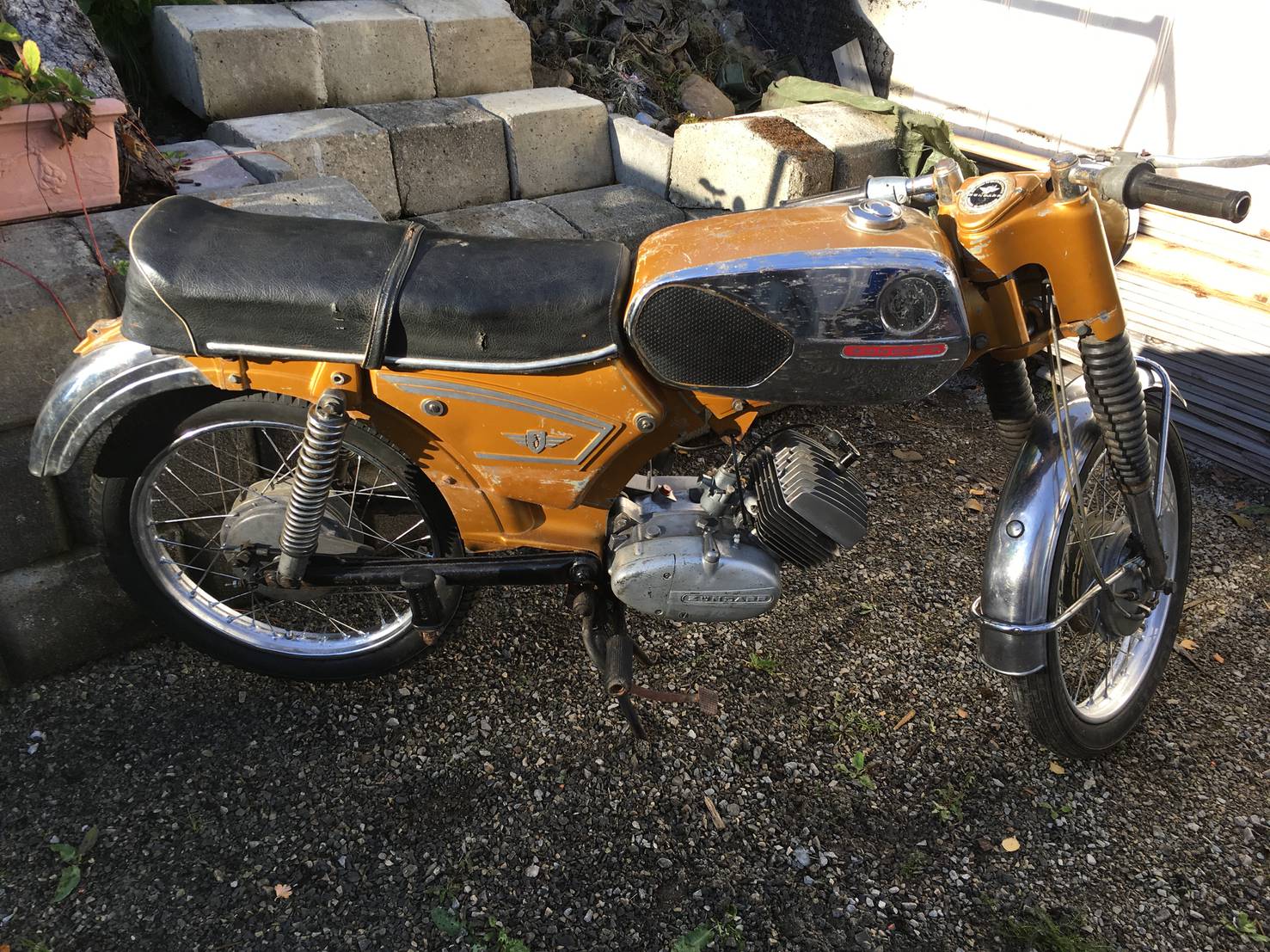
Zundapp KS50 Super Sport from 1974.
(Zundapp KS50 Dynotest with originalmotor.)
Zündapp was a major German motorcycle manufacturer founded in 1917 in Nuremberg by Fritz Neumeyer, together with the Friedrich Krupp AG and the machine tool manufacturer Thiel under the name "Zünder- und Apparatebau G.m.b.H." of which came the name Zündapp.
This moped had 6.25 hp, and was rather quick for a 50ccm moped. It is a quite rare version which can be hard to find parts for. I had problems finding a original motor for this one, so the project have a similar looking 3.2hp motor instead.
Look at this video which shows the beauty if this little moped: Zundapp KS50 Super Sport.
Honda N600G - 1971
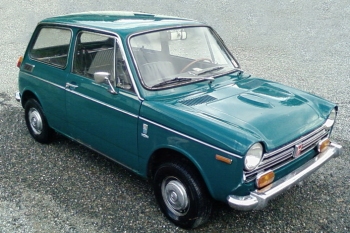
Honda N600G - 1971
The Honda N360 is a small front-engine, front-wheel drive, two-passenger two-box automobile manufactured and marketed by Honda from March 1967 through 1970 in compliance with Japan's kei car regulations.The larger-engined N600 was developed alongside the N360 in order to target export markets like the US and Europe, where motorways demanded higher top speeds.
The N600 was introduced in 1969. It was technologically advanced for its time, with an all alloy engine which could achieve 9000 rpm. Engine output was 36–45 hp (27–34 kW) and the N600 was capable of 81 mph (130 km/h). It delivered surprisingly peppy performance because of its light weight (around 550 kg/1100 pounds), due to compact dimensions and some plastic parts (like the boot lid). The first brakes were very weak. Rear suspension was a torsion bar and leaf springs.
My first car age 18 was a Honda N600G. This was a very very tiny car and I actually had to change the steering wheel to a smaller one to be able to drive it. The car was remarkably nimble to drive with its air cooled 2 cylinder parallel twin motorbike engine. The heater/defroster was the cooling air from the engine tho, so if you took the car for a spin you would smell engine oil for the rest of that day.
The car was purchased new by my uncle, and I did buy it from him when it was 10 years old. I repainted the car from green to a blue color and replaced the busted engine before I was 18. I sold the car after just a year, but I did rediscover it 9 years later and bought it back. Me and my brother restored this car and he has it still. It is in its original green color again and actually look as new.
The Honda importer Hasco Motor imported quite a few of these in 1972, and they were all 1971 models. The car did actually sell rather well, even if the last 1971 model were sold in 1973. Mine was one registered the first time in 1973, even if it was a 1971 model. The car was very sturdy and offered a lot for the money. The only thing one had to remember was to look at the dipstick for oil from time to time. The car had no warning light for oil pressure, and if you drove it empty of oil, the engined was a gonner. Many good engines in the Honda N600 went to kingdom come due to neglect with oil changes.
The car was advertised as
a _very_ compact compact car as this
Honda N600 Advert shows.
Click here to see a video where the N600 engine is running.
Heinkel Cabine - 1958
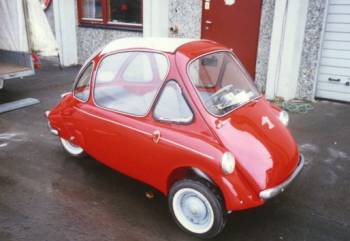
Heinkel Kabine 1958
Production began in March 1956 with the Kabine Model 150, using the 174cc
9.2 hp single-cylinder four-stroke engine that powered the Heinkel Tourist
scooter. In October 1956 Heinkel introduced the Kabine Model 153
(with three wheels) and the Kabine Model 154 (with four wheels), both
with 204 cc engines. The engines in these models were later reduced in
capacity to 198 cc for insurance purposes.
Access to the interior was by an opening front. In order not to infringe
Iso Rivolta's patent used on the Isetta, the steering wheel did not hinge
outwards with the door to ease passenger access.
The Heinkel Kabine was registered for 4 people. 2 adults in the front seat could sit with good comfort, and two very small children could sit in the back. These children could not be taller than 120 cm since the headroom under the plastic dome in the back was very very limited.
The car had two rear wheels which were very close together. This made the car sort of scary to drive on worn surface. The rear wheel pair was either on its way down from the center road ridge to the left, making the car head for the geography on the opposite side. Or quite opposite making the car head for the cars coming towards you when the rear wheels was going to the right. Trust me, this car driving 85km/h is a very very very hairy ride.
But the handling was good ta moderate speeds, and it filled the gap for the people wanting a car not allowed or beeing able to buy one. And as all surrogates, it dissapeared when the real thing was available for the people again and they bought a proper car.
Nevertheless, it is maybe the most cute of the microcars which have been made. Want to drive one? Check here
Isetta - 1959
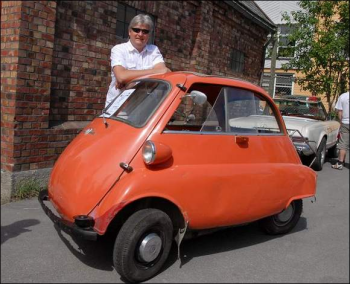
BMW Isetta 300 - 1959
The Isetta is an Italian-designed microcar built under license in a number of different countries, including Spain, Belgium, France, Brazil, Germany, and the United Kingdom. Because of its egg shape and bubble-like windows, it became known as a bubble car, a name later given to other similar vehicles. In 1955, the BMW Isetta became the world's first mass-production car to achieve a fuel consumption of 3 L/100 km (94 mpg-imp; 78 mpg-US). It was the top-selling single-cylinder car in the world, with 161,728 units sold. Initially manufactured by the Italian firm Iso SpA, the name Isetta is the Italian diminutive form of ISO, meaning little ISO.
The car originated with the Italian firm of Iso SpA. In the early 1950s the company was building refrigerators, motor scooters and small three-wheeled trucks. Iso's owner, Renzo Rivolta, decided he would like to build a small car for mass distribution.
As earlier written, the more weird the more fun! I have a special fondness for the minicars of the late fifties. Some of them are so cute that you even want to give them a hug!
The image to the left shows me and the last addition to the family. A 1959 Isetta 300. This Isetta has local history and I have known about it for almost 20 years. And after many many years of waiting, thinking about it each time I passed the house, I was at last allowed to buy it. And good care it will get, the hunt for spares have started, and there is plans to restore it mechanically before new paint. The little car is very complete and in a very good nick. There is some rust, and there is parts to replace, but still very complete and even almost nice inside.
Isettas offer a more comfortable ride than Heinkels. And even if they look the same and was competitors in their days, these cars are very much different. The Heinkel has a monocoque body with no frame and has the Heinkel Scooter motor, the Isetta has a small tubular frame with a BMW stationary engine mounted. Both cars are 4 stroke engines. And were both delivered with 250 and 300 ccm one cylinder. The Isetta is a tad shorter, so you can actually park it sideways with the front door opening towards the sidewalk. The Heinkel registered for 4 people was to long for that.
Isettas are usually no racers, but you can race them if you put a hayabusa engine in them: Isetta on Steroids (very very loco man driving this one I think...)
And you also find the Isettas used in Commercials, for example in this McDonald's BMW Isetta Shake Shake MC or this Milestone Isetta video
Opel Olympia - 1953
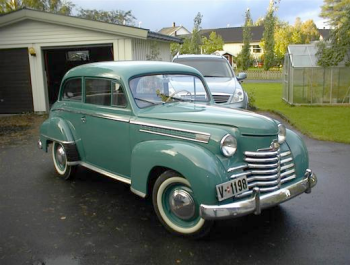
Opel Olympia 1951
The Opel Olympia is a compact car produced by the German car manufacturer Opel from 1935 to 1940, from 1947 to 1953 and again from 1967 to 1970. The 1935 Olympia was Germany&s first mass-produced car with an all-steel unitized body (monocoque). This revolutionary technology reduced the weight of the car by 180 kilograms (400 lb.) compared to its predecessor. Production of the unibody design required new production methods and materials. Spot welding, advanced types of steel, and a new production line layout were among the many advances introduced by the Olympia.
The Opel Olympia was released to the Olympic Games in Berlin 1936. From this the car has its name. The Olympia was a very modern car in 1936 with monocoque body and a over quadratic enginge which was revving very easily. The Olympia was produced until the war in 1938 in the Opel plant in Russelheim. After the war the 1938 model got a facelift and was produced until 1953 looking as my car on the picture.
After 1953 came the more modern ponton series Opel Olympia and replaced the prewar model. This particular car was bought from an old man around where I live and restored with 2.5 square meeters of sheet metal. It was 800 welding hours on the car, and way to much work. But the result ended up nicely, and the family bought the car back after it was restored. This car has a unique history since it has never been unregistered since 1951. I bought the car registered and sold it back to the family which have it registered now.
I like the design of the car with the almost overchromed front, and even if not this particular car, this model was the fist classic I did buy when I was 20. Which was way to rusted to be restored. But that story is for another page.
Opel Olympia 1951Opel Olympia Record - 1954
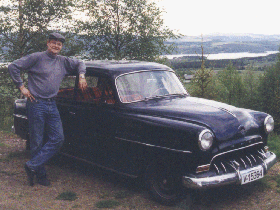
Opel Olympia 1954
The Opel Olympia Rekord was a two-door family car which replaced the Opel Olympia in March 1953. Innovations included the strikingly modern Ponton format body-work incorporating numerous styling features from the United States and large amounts of chrome decoration both on the outside and on the inside. The car was offered till 1957. Unusually, at least in European terms, the manufacturer followed the example of General Motors in Detroit by applying an annual facelift. There was a new front grill every year along with other detailed modifications to the trim.
This is a 1954 ponton type Opel Olympia which replaced the prewar version in 1953/54.
The Opel Olympia changed name to the more known Opel Olympia Record in 1955 and the Olympia name was phased out in favour for Opel Record in the mid fifties.
This car was very modern to drive, even if it have the same engine and gearbox as the predecessor. The rear axle and the the upgraded suspension made the two models miles apart in driving experience. The 1951 was very much prewar, and the 1954 was even feeling like a modern car. I could very often choose the Opel when I went shopping compared to the family car which at the time was a Volvo 244.
We had my oldest daughter in the front seat of this car on many trips. She was sitting in a children seat which was strapped down with the old fashioned safety belts. Children enjoy driving old cars more than modern I think. When driving the old car, there is time for ice creams and stops everywhere. Modern transport is nothing more than transport and can be very boring for a child.
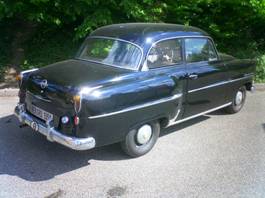
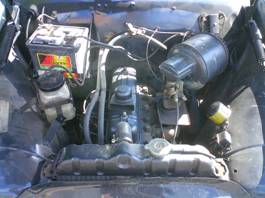
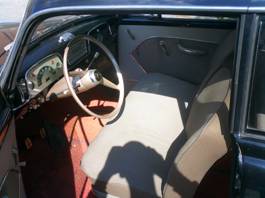
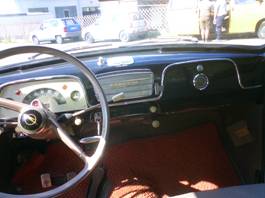
Check this video of the
starting procedure
and would you not
love to drive one?
Matchless G80S - 1959
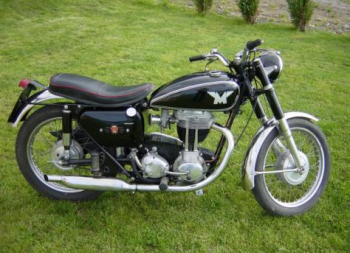
Matchless G80S 1959
The Matchless G80 is a single cylinder 500cc British motorcycle built by Associated Motorcycles (AMC) between 1946 and 1966. During the 1950s and 1960s, the main export product for AMC was the AJS/Matchless range – the road bikes were very similar, often with only the badges distinguishing one marque from the other; the equivalent AJS being the Model 18.
This is a Matchless G80S which I used to own. The bike was looking good, but did not go very well when I bought it. So I did a full engine restoration with new bore, piston and change of bearings and gaskets. A new clutch, dynamo and quite a few other parts (new carb, new electrics) made the bike rather good. It had a good speed, but was a little to low geared. This meant one had to use the third gear a lot uphills to maintain speed as wanted.
The bike has an excellent sound, and this was basically the best feature with it I think. I always wished the bike had more brake power and better lights.
But me beeing a tall driver and this beeing a big bike with the looks and sound made me keep it for almost 10 years.
How does it sound? Check here for a 1952 model with the same engine.
Looks handsome to drive too: (Black bike is the Matchless G80S)
Chrysler Le Baron - 1994
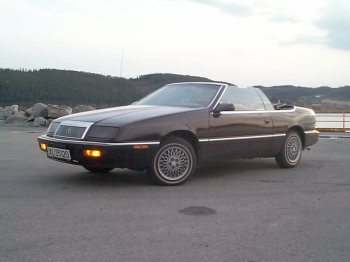
Chrysler LeBaron 1994
After discontinuing the first generation LeBaron coupe and convertible in 1986, Chrysler released a new LeBaron for 1987, built on the J platform (a K platform derivative) and available as a coupe or convertible. The all-new LeBaron looked modern and aerodynamic compared to its boxy predecessor.
The Chrysler LeBaron convertible was en excellent cruiser. It was front drive, and could be used in the winter time as well. The car was actually very warm in the winter, and could perform relatively ok on icy roads. I used the car as private transport for a couple of years, but it was traded in in favour for a PT Cruiser.
The car was not very reliable, I am sorry to say. I dont know if other LeBaron owners have experienced the same, but for me it will not be a new car of this type. It does not mean I have stopped buying Chryslers tho, I have now the second PT Cruiser in row, and I am happy with them.
The LeBaron I think was made for cruising, and for this purpose it was simply excellent. But it was very underpowered and lacked handing in order to be fun to drive.
It did not stop Celine Dion to make a commercial with one tho
Renault 17TS - 1978
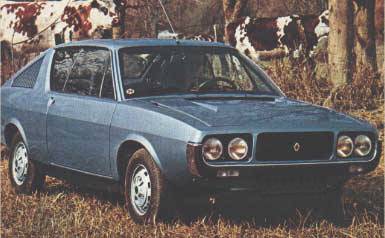
Renault 17 TL 1978
The Renault 15 and Renault 17 are two variations of the same coupe designed and built by French automaker Renault between July 1971 and August 1979. The R17 was sold as R177 in Italy, respecting the heptadecaphobia superstition. They were effectively coupé versions of the Renault 12. The main differences between the two cars were their headlight configuration (the 15 had two rectangular headlights whereas the 17 had four round headlights) and their rear side windows. Some markets show the 17 with the rectangular lights for TL versions.
The Renault 17 TS from 1978 was a semi sporty car from Renault. I liked the looks and the modern interior of it. I bought the car in 1985 when it was 7 years old, but already then it did show spots of rust and wear. The car was a constant repair and restoration project just to keep it on the road. It looked very cool with both side windows down, and had a lot of extras, such as electrical windows and a full length rear light setup. It shared the same engine as the Renault 16 and was very underpowered. The Renault 15 and 17 had similar design, where the 15 had technology from the Renault 12, while the 17 had from the Renault 16.
And if you compare the 15 with the 17, I think the 15 was a better drive. It had much less wheight and a much more proven and quick engine from the Renault 12. The 17 was heavy and was very undermotorised.
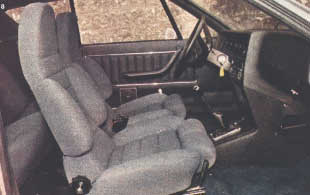
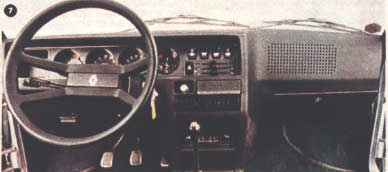
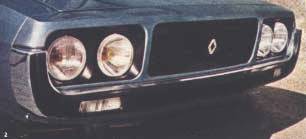
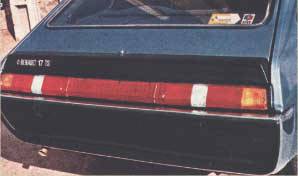
But is looks good even if the looks dont live up to the handling check this video with R17 driving..
Morgan 4-4 - 1936
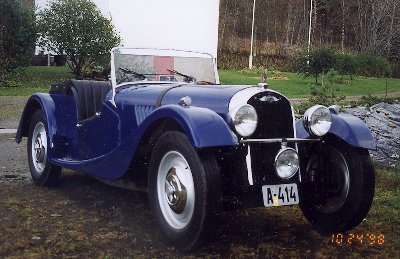
Morgan 4-4 1936
Morgan 4-4 is an automobile which has been produced by the Morgan Motor Company since 1936. It was Morgan's first car with four wheels, the "4-4" (later "4/4") designation indicating that the model has four wheels and four cylinders. Earlier Morgans had been three-wheelers, typically with V-twin engines. The car was introduced with the 1,122 cc Coventry Climax motor. The original open two-seater 4-4 was introduced in 1936 and ended up being the most popular of the three body options available. 663 were built by 1939 and 249 more from 1946 to 1950.
This is the first Morgan I did own. It was a 4-4 from 1936, with chassie number 105. The car var very fun to drive and did even perform rather well for a car from 1936. But I like to drive my cars a lot, and very soon the usage of this car was more than what it could offer. So it had to go in favour for a 1955 Morgan 4 seater Drop Hear Coupe. The car was a lovely small car, with very nice detailing and a Coventry Climax engine. The engine had overhead valves for inlet and the valves in the block for outlet.
I liked the car and did a lot of repair and restoration to it. The engine did get an overhaul and the interior an upgrade along with various mechanical repair. I remember the car beeing so small for huge me (195 cm) that I had to make a new back rest in it, which enabled me to sit back wards 7-8 cm more than with the original seat.
Beautiful car, which maybe is a bit to oldfashioned to drive as an everyday car with its mechanical brakes.


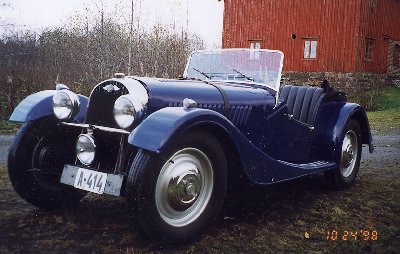


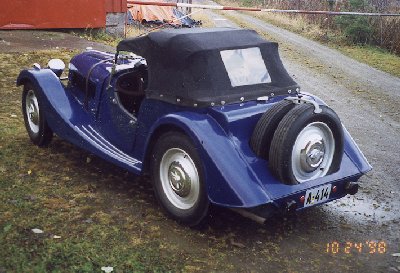
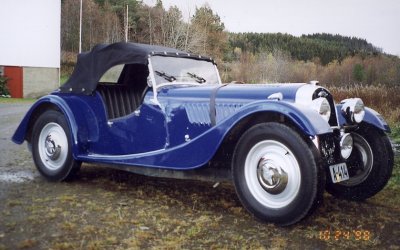
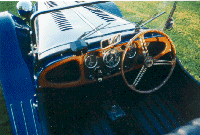
Volkswagen Beetle - 1962

Volkswagen Beetle 1962
This Beetle came to the collection by accident. I sold one motorbike, and used it as payment for the beetle. I have however enjoyed to drive it for two summers now. And it is actually a very fun car to drive. It starts every day and drives like a dream. I use it to work a lot and the car never fails to create smiles everywhere I go. The little car in in very good nick with only 38614 km clocked since new in 1962!
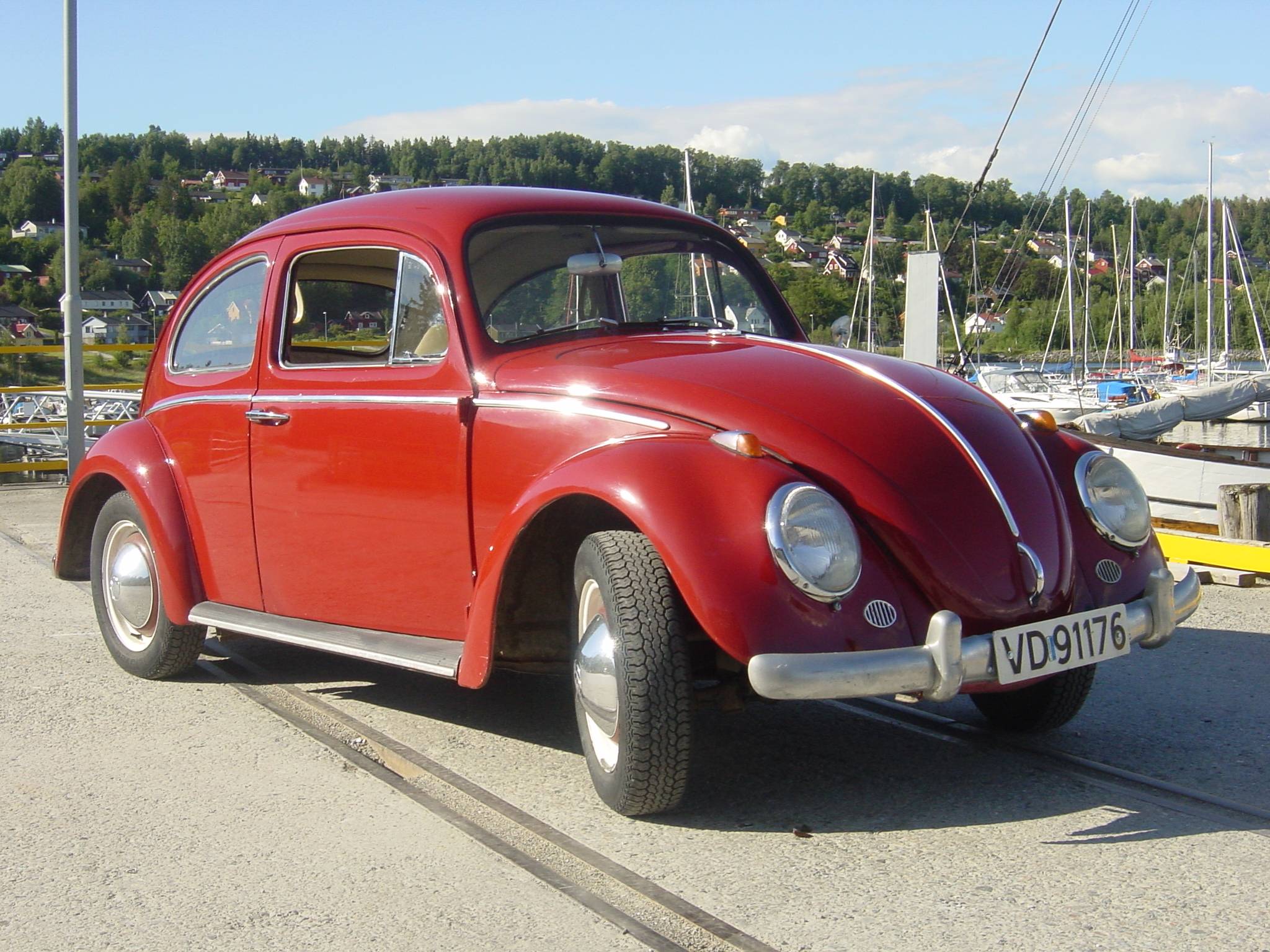
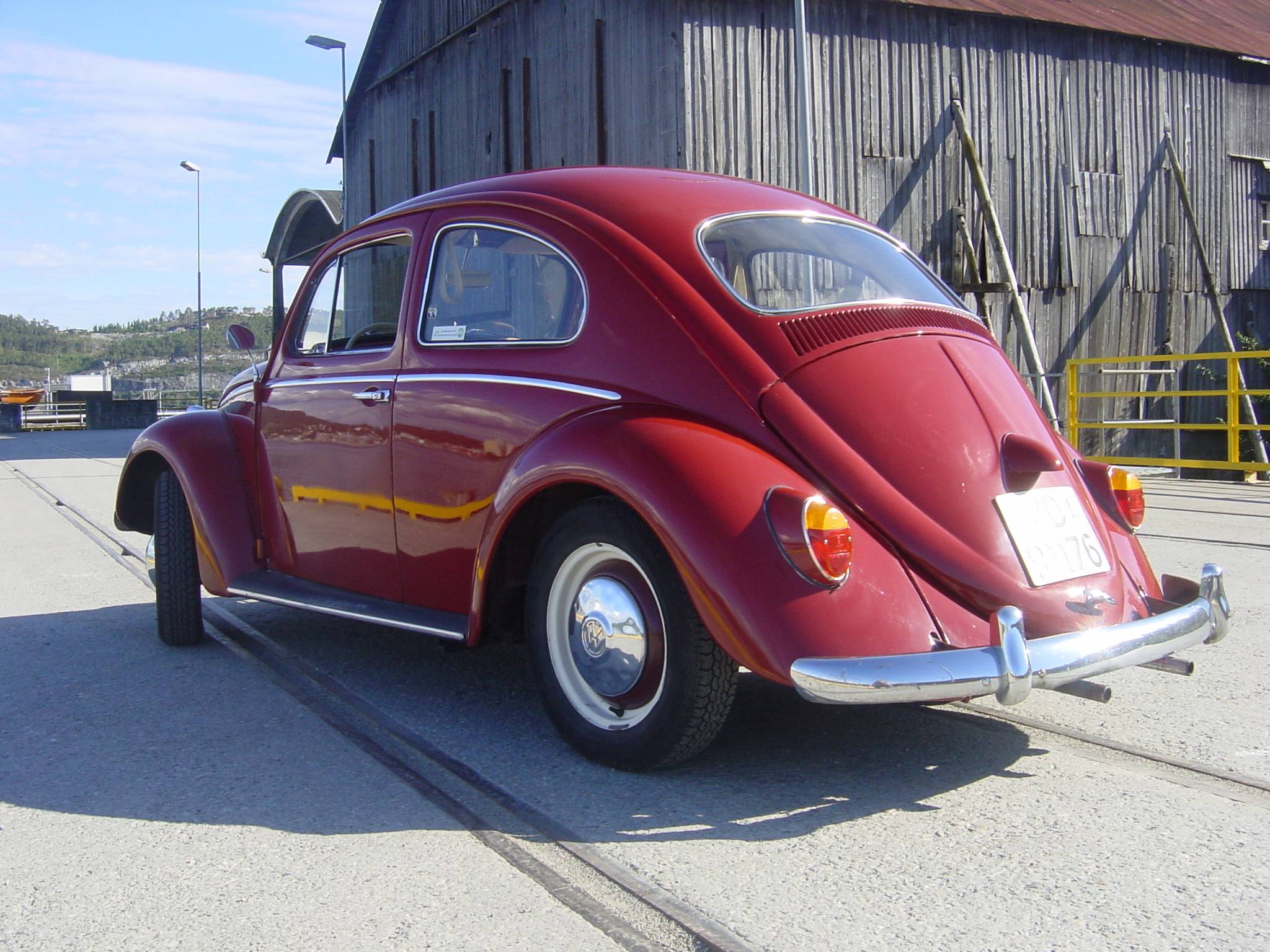
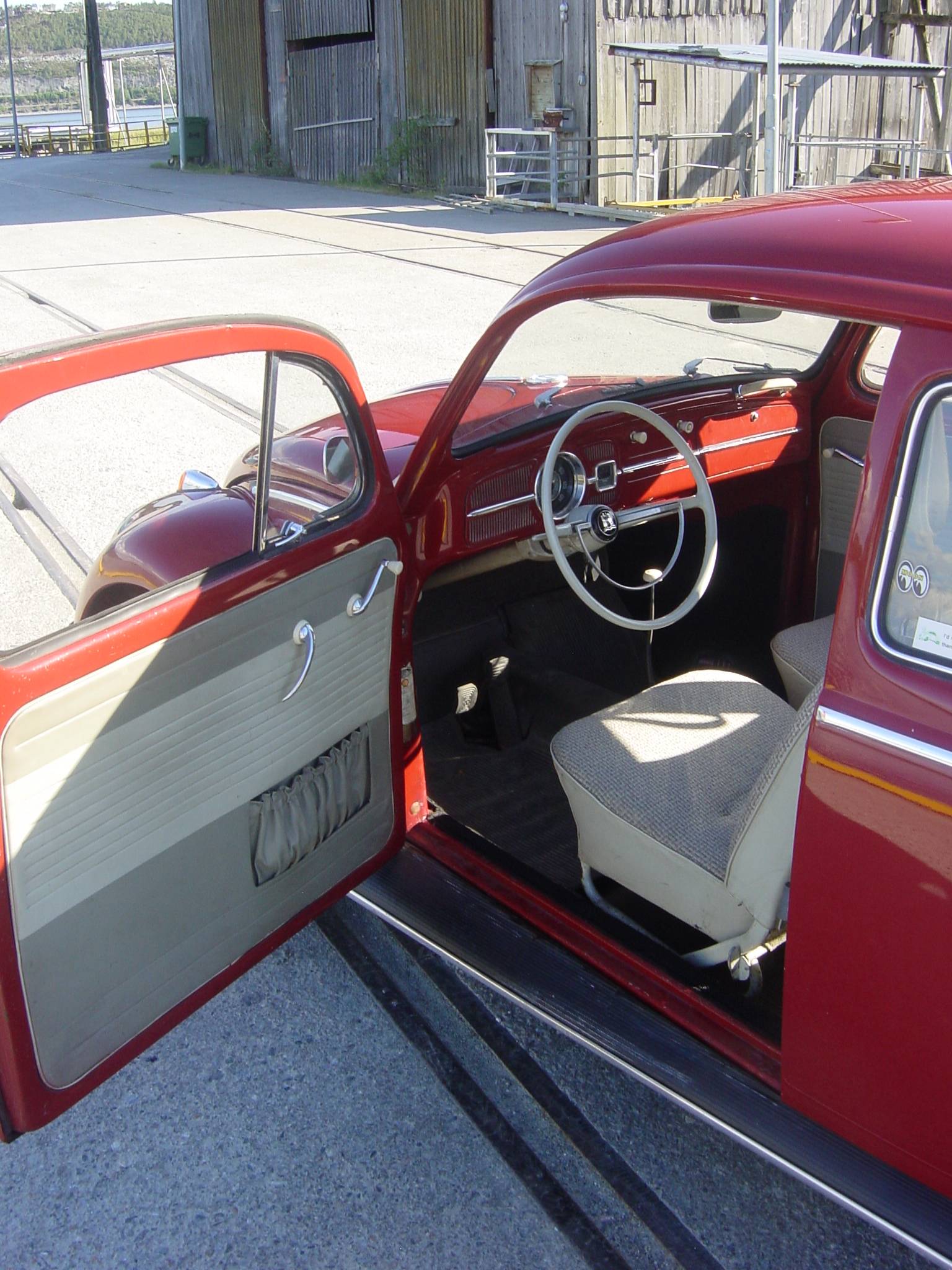
There is many rather enjoyable adverts for the Beetle, this is one of my favourites, or maybe also this one.
Renault Dauphine - 1961
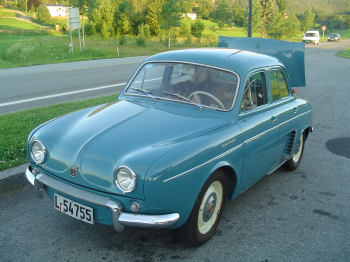
Renault Dauphine 1961
Very frrreeench car this, with many cute litte tweaks as a switch to choose between a "city horn" and a "country horn"
When there was time to consider a second car a few years back, we were thinking about getting a usable classic. My dad recommended once a Renault Dauphine since it has a very good heater and it performs well on snow. So after a little search we found this one in the south of Norway. The Dauphine was used and maintained by an elderly gentleman over the years, and was supposedly in good nick. It was a few things to repair before it was very usable tho, I had to replace the rear traverse due to rust, and replace radiator along with clutch, brake lines and parts of the interior. After this work the car was used daily for two summers.
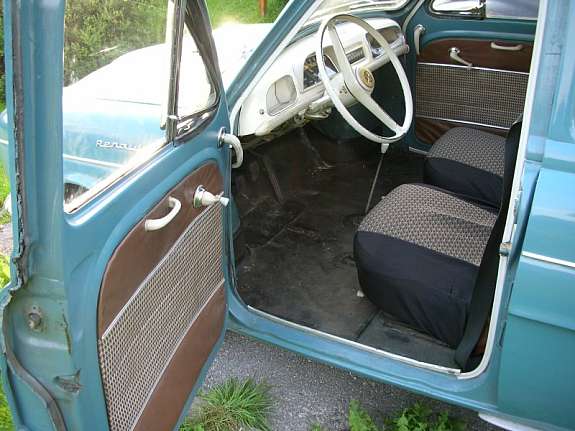
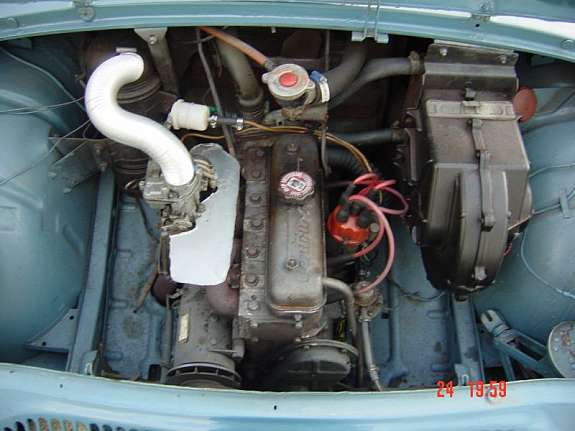
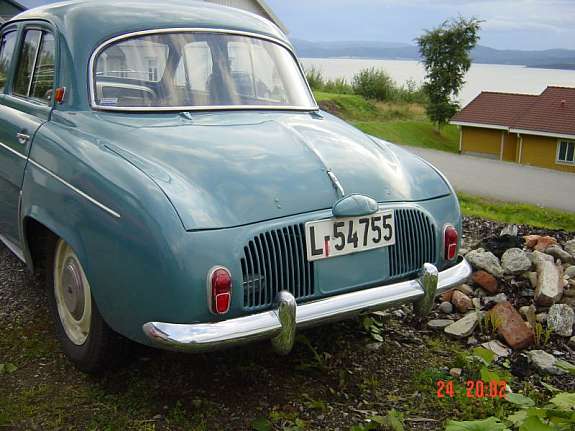
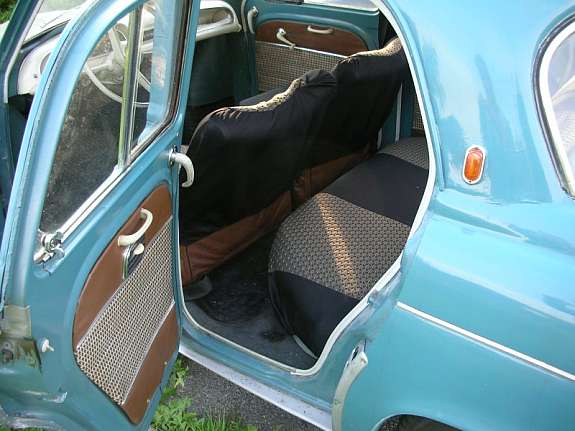
We have quite a few fond memories in this car. Pretty much as in this Advert.
DWK Junior - 1961
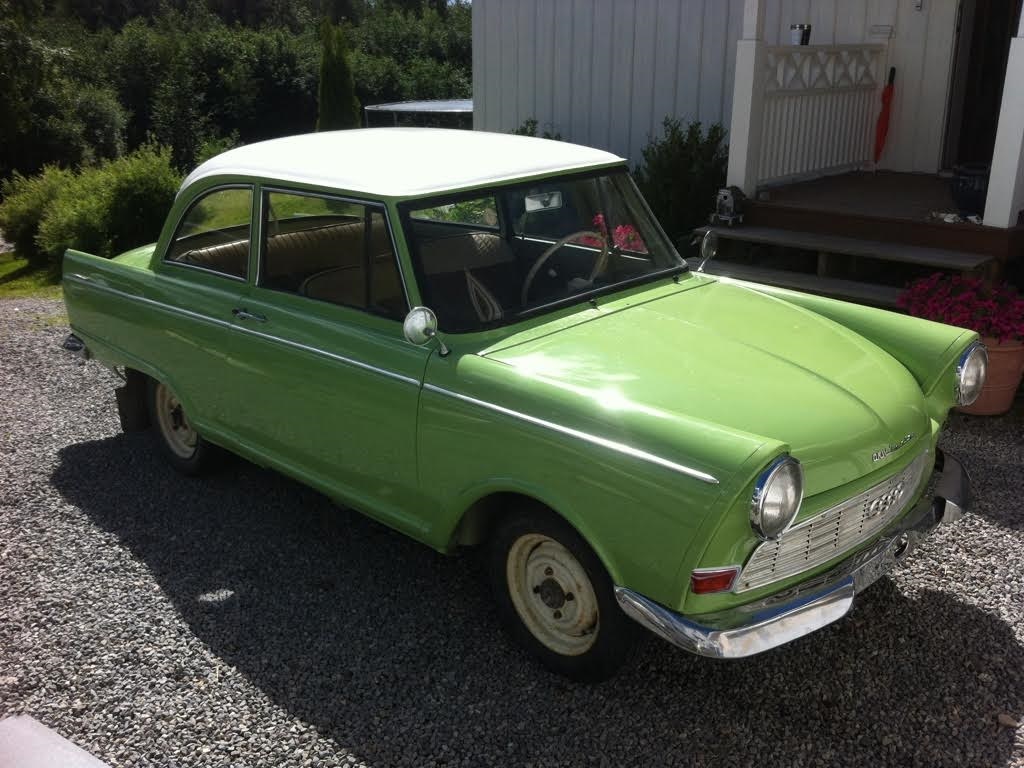
DKW Junior 1961
DWK Werbung in this video "The key to your happiness"
I have always liked the looks of the DWK Junior, and the fact it has a two stroke engine, definitely tickled my fancy. Having no classics to drive at the time, an example was bought in my neighbourhood. The car was best to be described as a rolling project, but before I could drive it, I had to replace the gearbox and brakes. The car got new paint, and did look quite handsome. Two stroke engines are always cool, just listen to the motor of the car!.
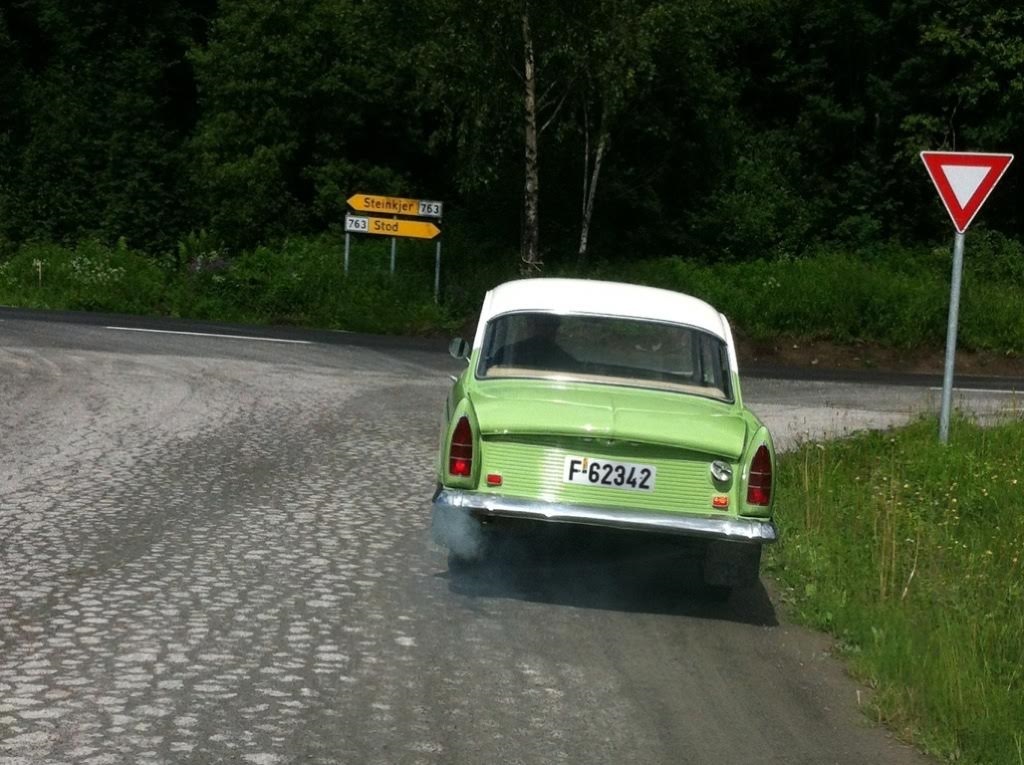
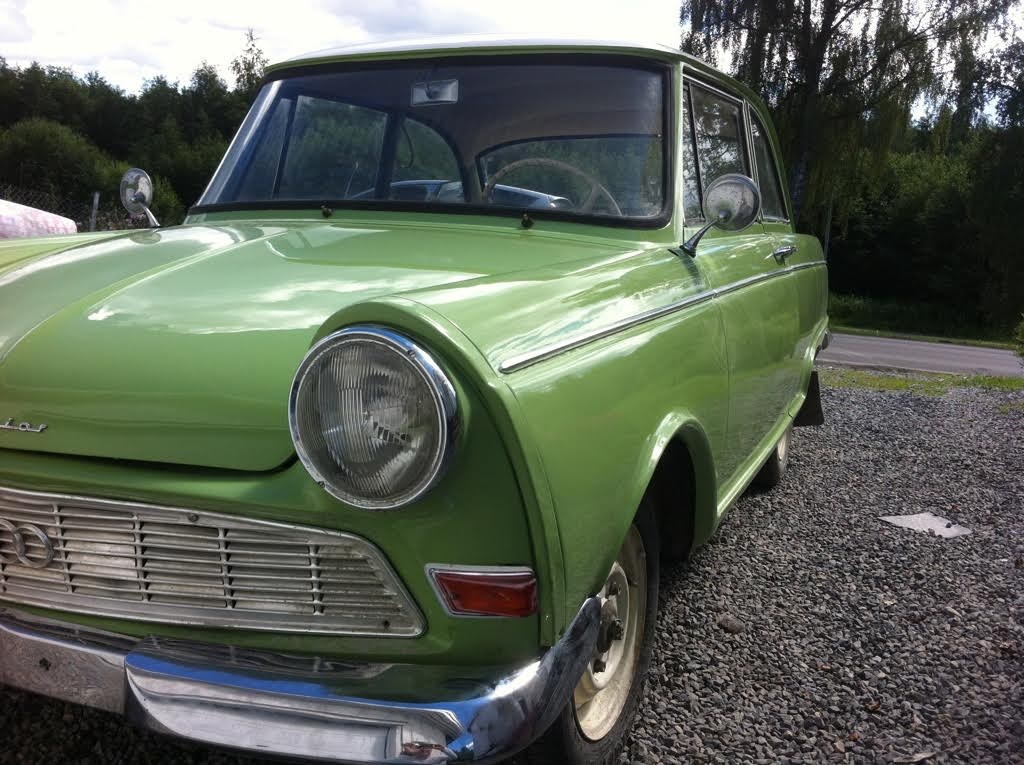
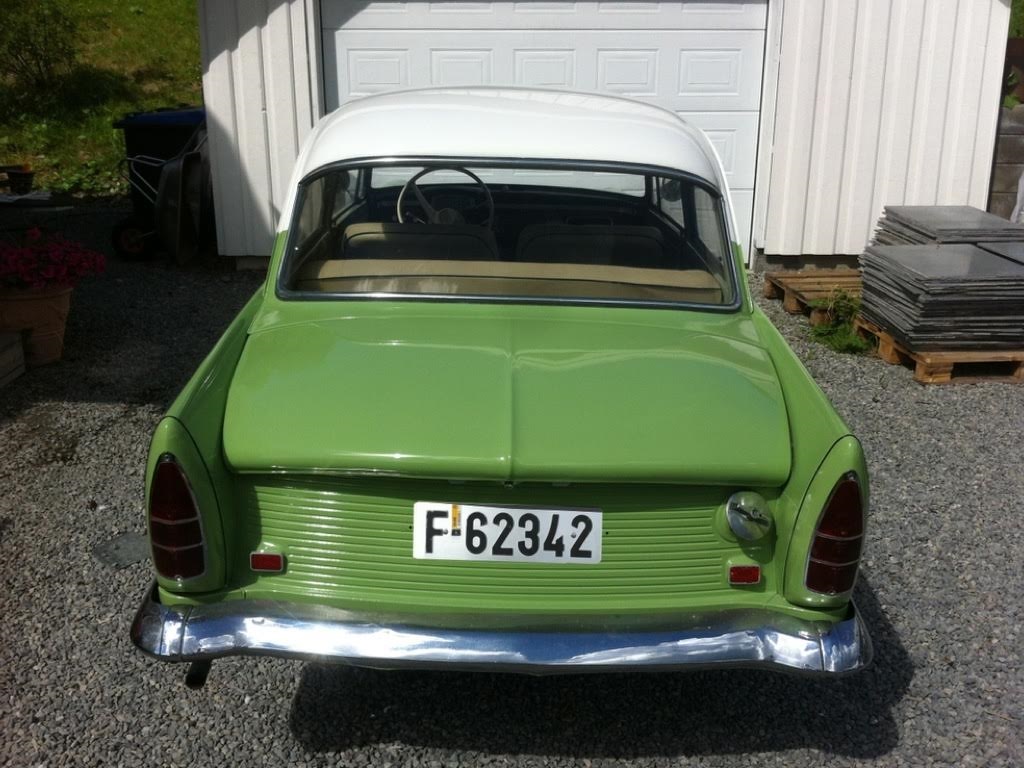
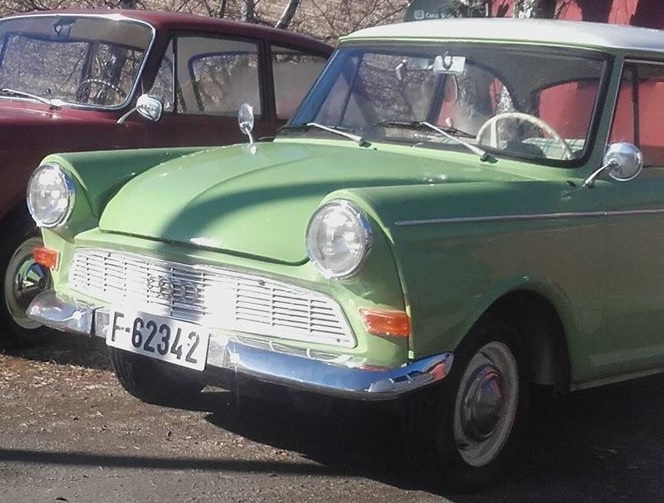
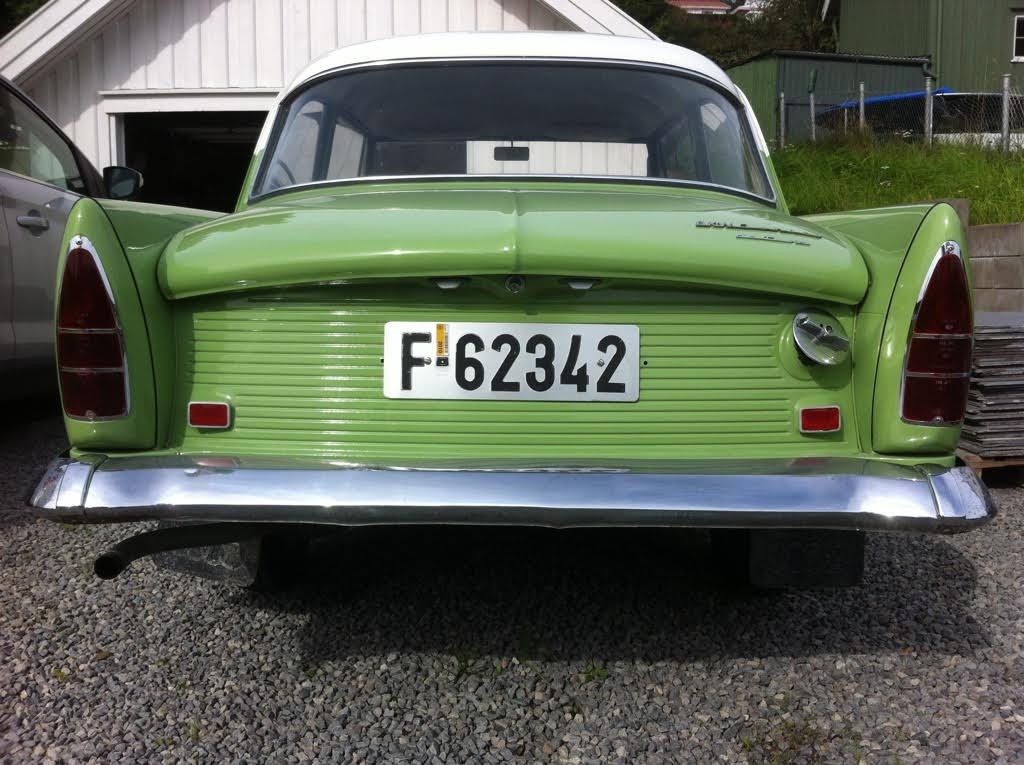
The car was considered modern when it was launched, which today translates more to words like go-cart and unusual.
MG-F type - 1996
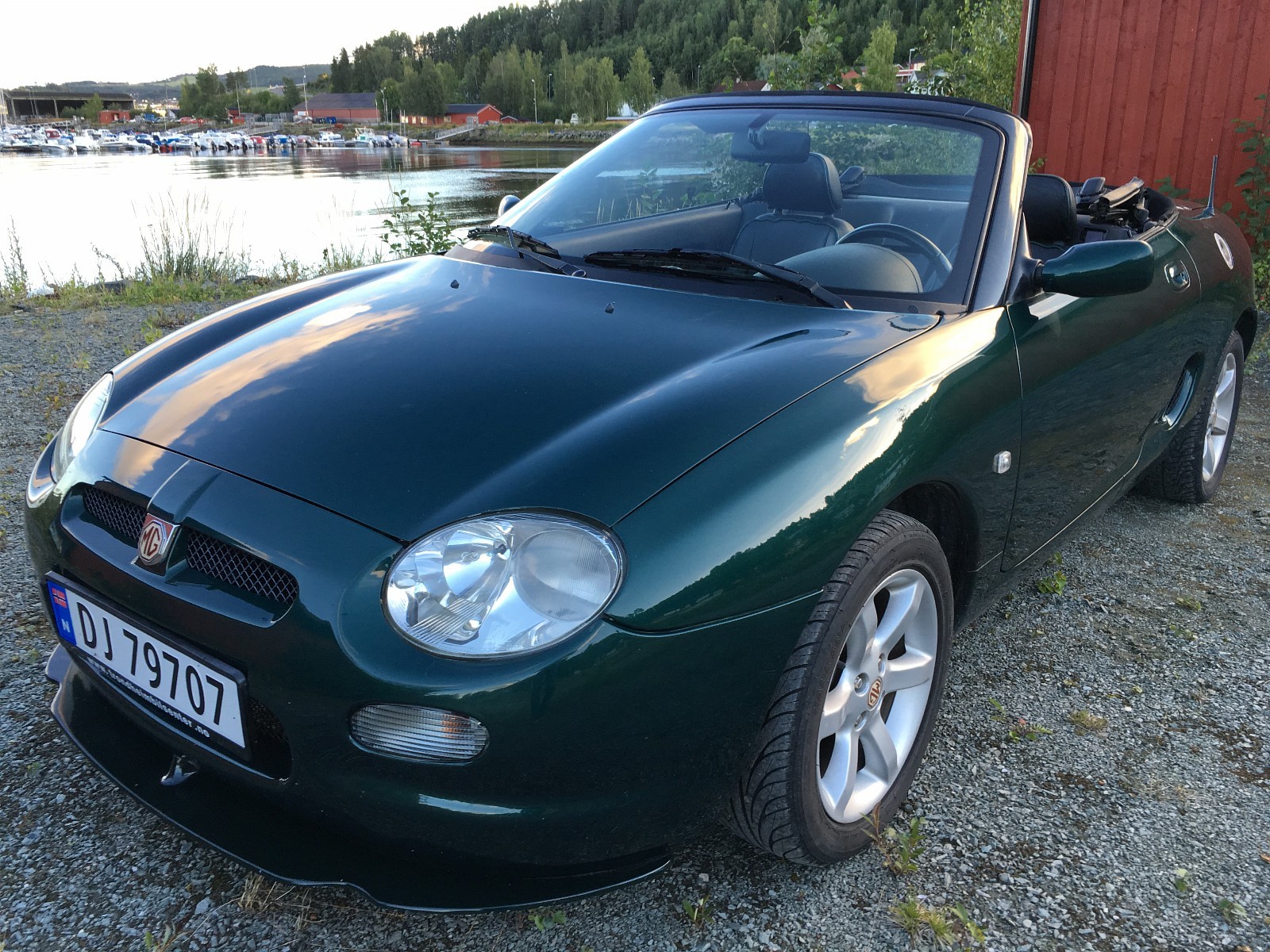
MG F - 1996
The MG F might not be a classic regarding its age, but it will be, I am pretty sure of it. Classic Cars is associated with rarity, desirability and of course age. The MG is definitely pretty and is getting more and more rare, perhaps a few more years and it will be considered as classic?
Considering it first appeared in 1995, in many ways the MGF still feels modern
– there’s something about the old car that you can’t help but love, and isn’t
that what these cars are all about?
The MG F was developed on a budget that might just have kept BMWs staff canteen in
Munich in bratwurst for a couple of weeks, using whatever Rover component which were
thrown outside in the bin. Looking at the styling, and time has been kind to the MGF –
the organic curves may be a little out of fashion right now, but that doesn’t stop
it being balanced and characterful.
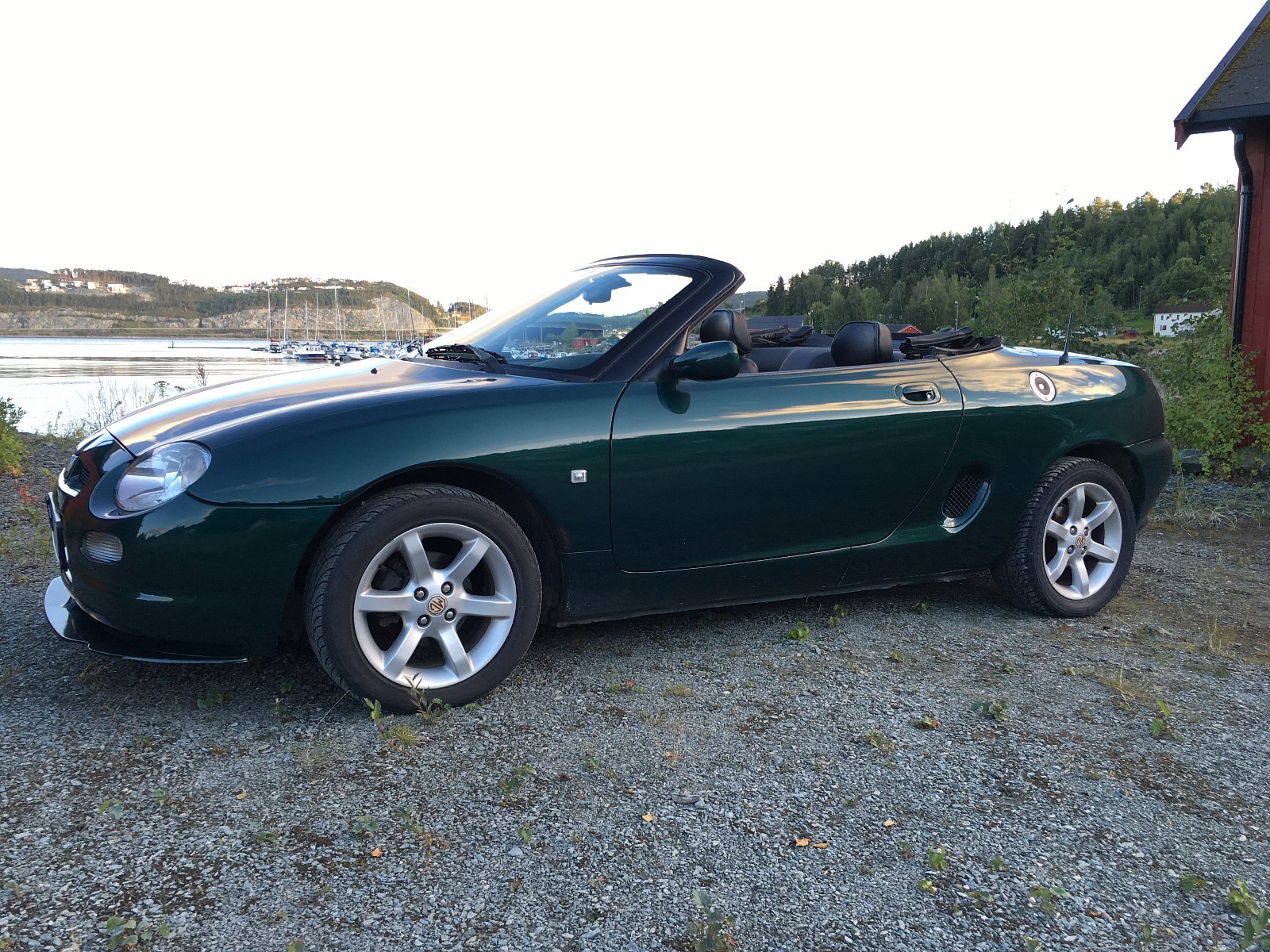
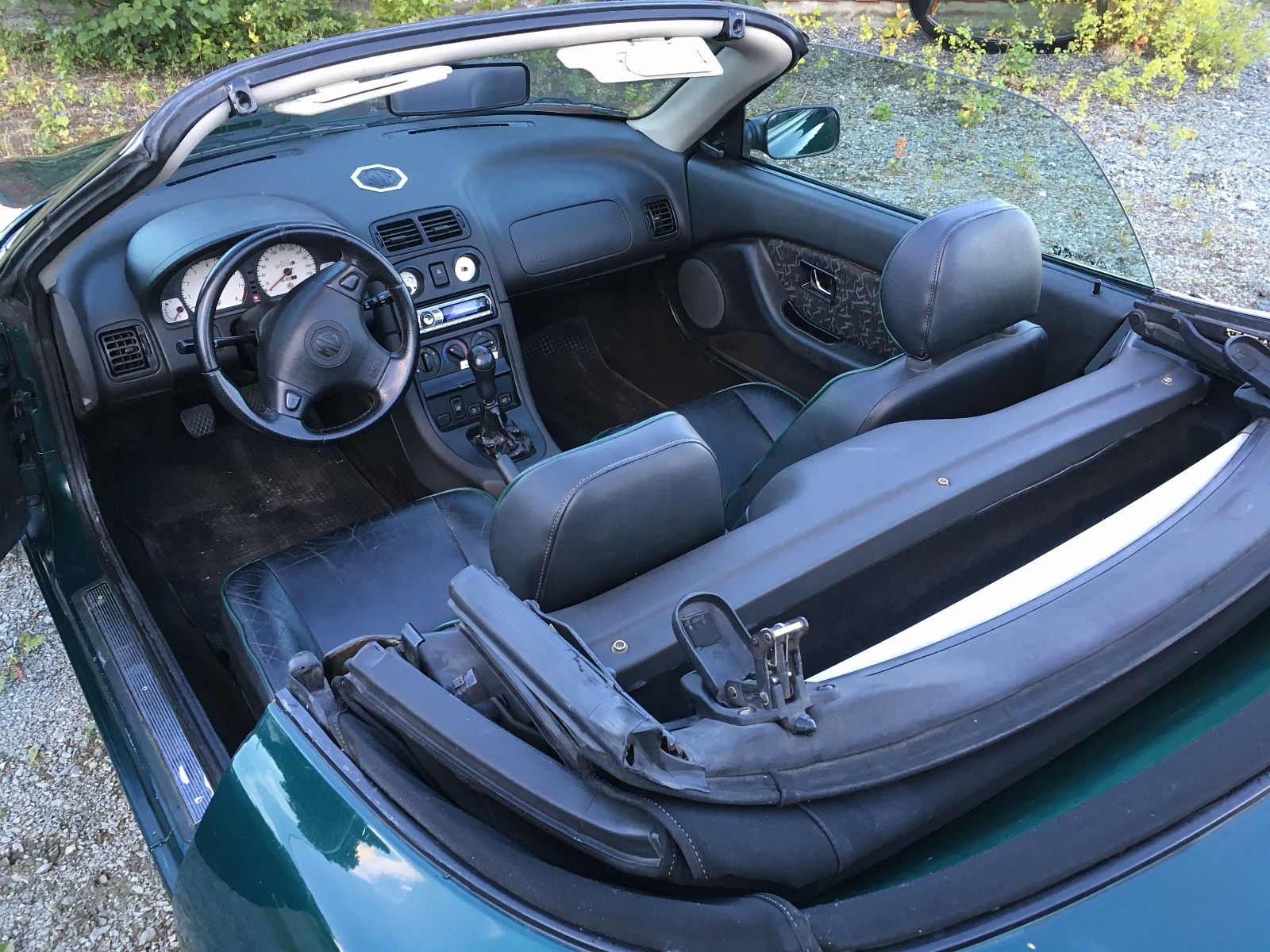
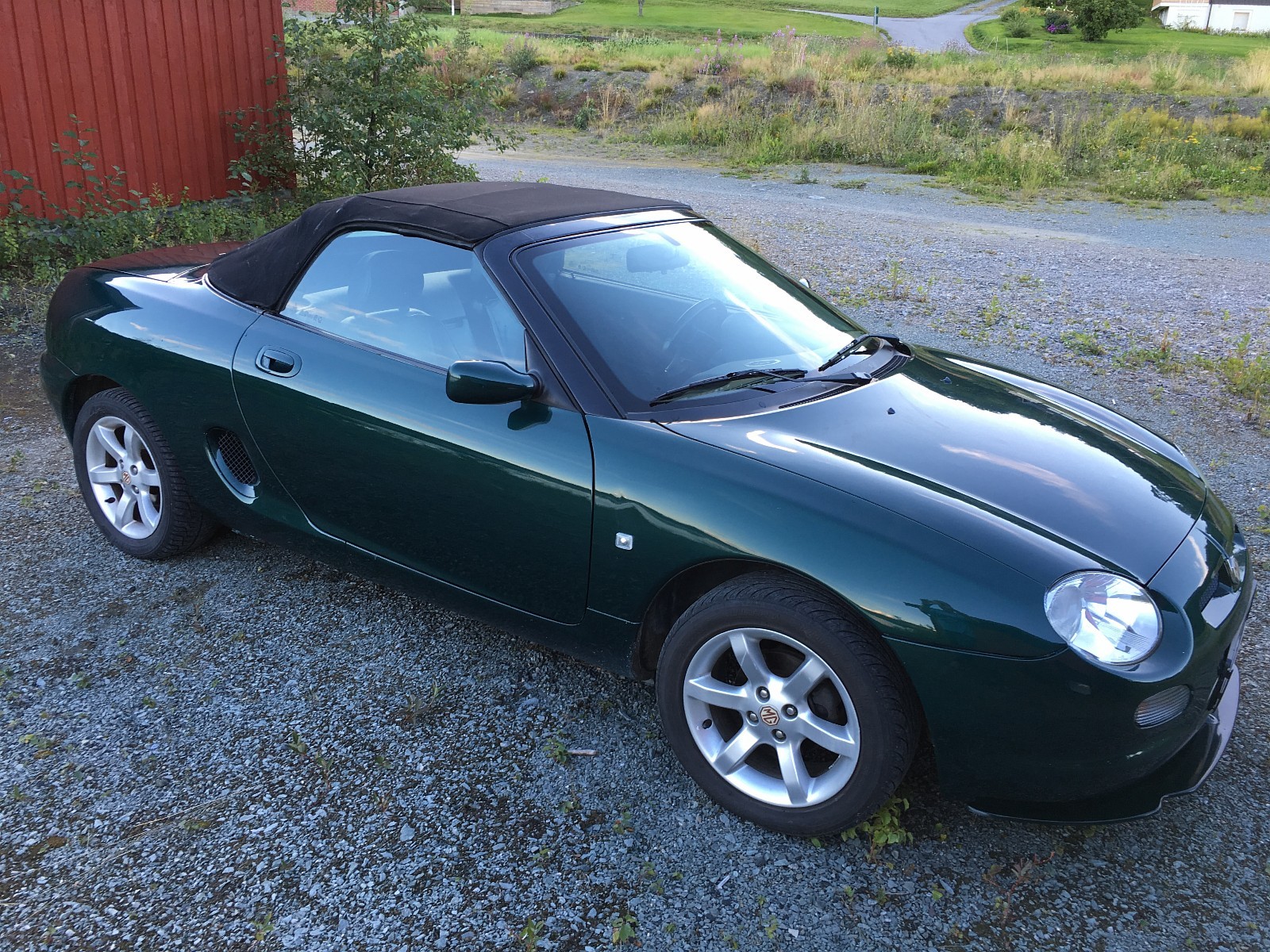
Handling might leave much to be desired, but driving it is fun, real fun.